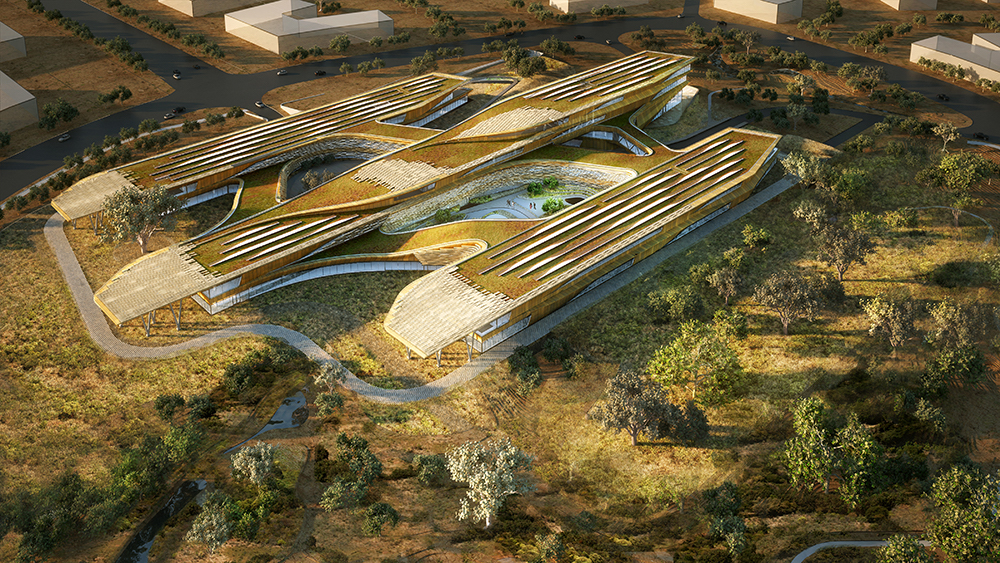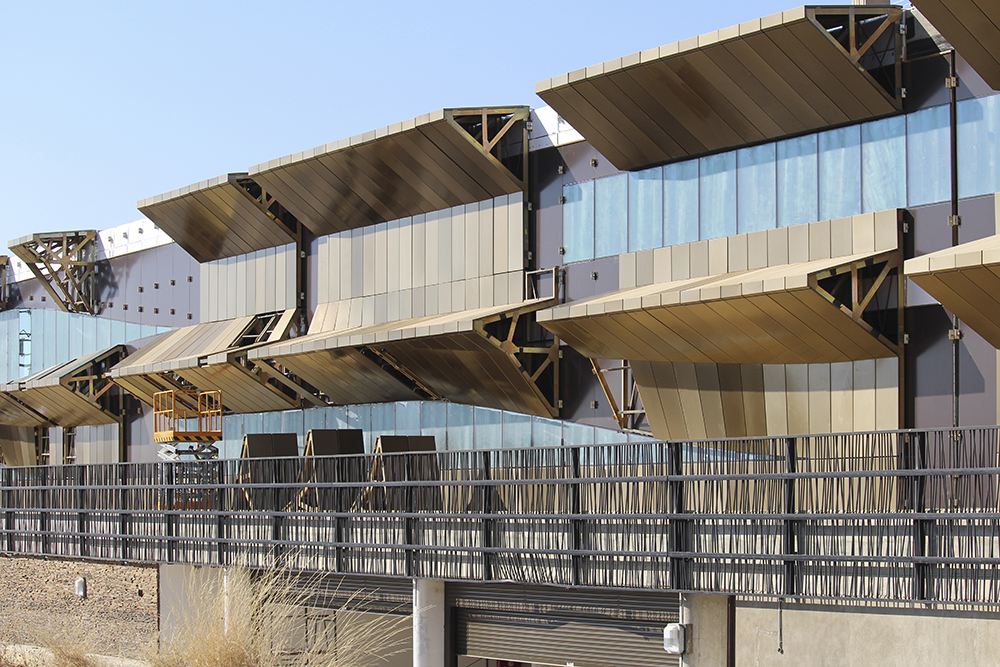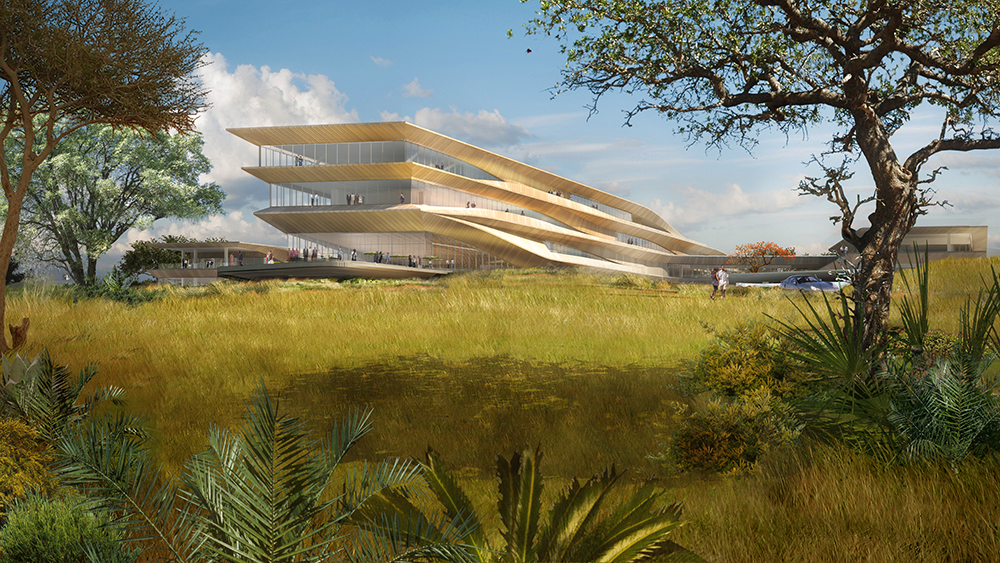New York’s SHoP Architects has created proprietary technology that is making it easier for them to organize materials during construction. During the construction of the Barclays Center from 2008 to 2012, the firm developed a novel iPhone interface capable of scanning facade components during fabrication, assembly, transport, and installation to keep an up-to-date digital catalog of the status of construction. Now, the firm is applying this comprehensive platform to the construction of its Innovation Hub located in Gaborone, Botswana, where on-site contractors can effortlessly scan recently installed items while checking in on the overall progress of the project.
The Botswana Innovation Hub is an ambitious project. The 310,000-square-foot facility is set to be the country’s first LEED-certified building, and environmental performance is significantly impacted by the structure’s complex assembly. SHoP designed an “Energy Blanket” roofscape, which incorporates large overhangs to shade interior spaces and collect rainwater for re-use. Photovoltaic panels are placed across the roofscape to further boost environmental performance.
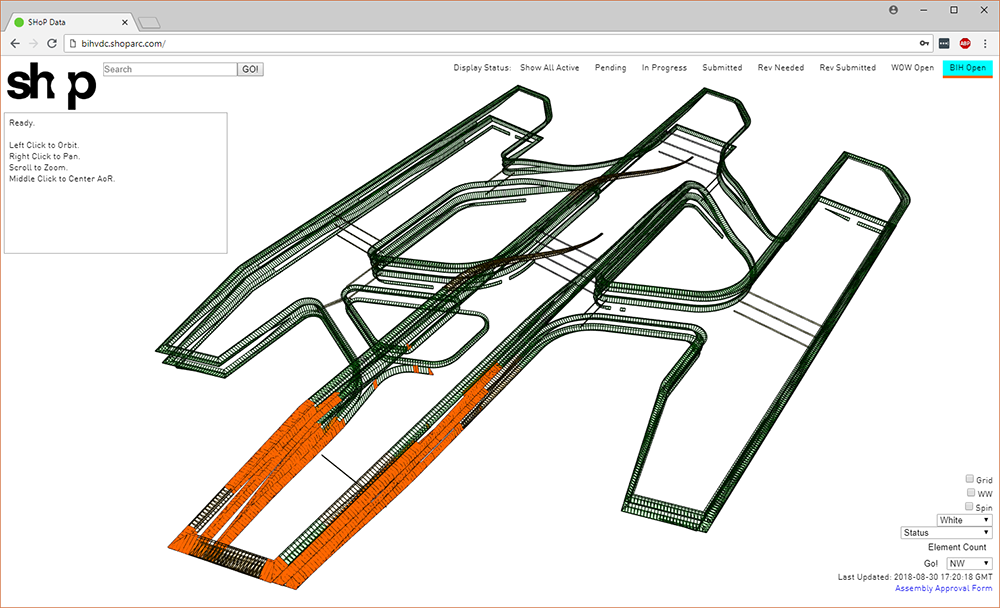
The project’s complexity is further heightened by the incorporation of an undulating facade that projects off and indents the structural system. SHoP’s mobile interface plays an essential role in the project’s logistics and construction. The application labels each element—i.e AA2000—and the number of identical units. Each unit type is assigned to a specific construction crew that tracks the units in a database throughout assembly.
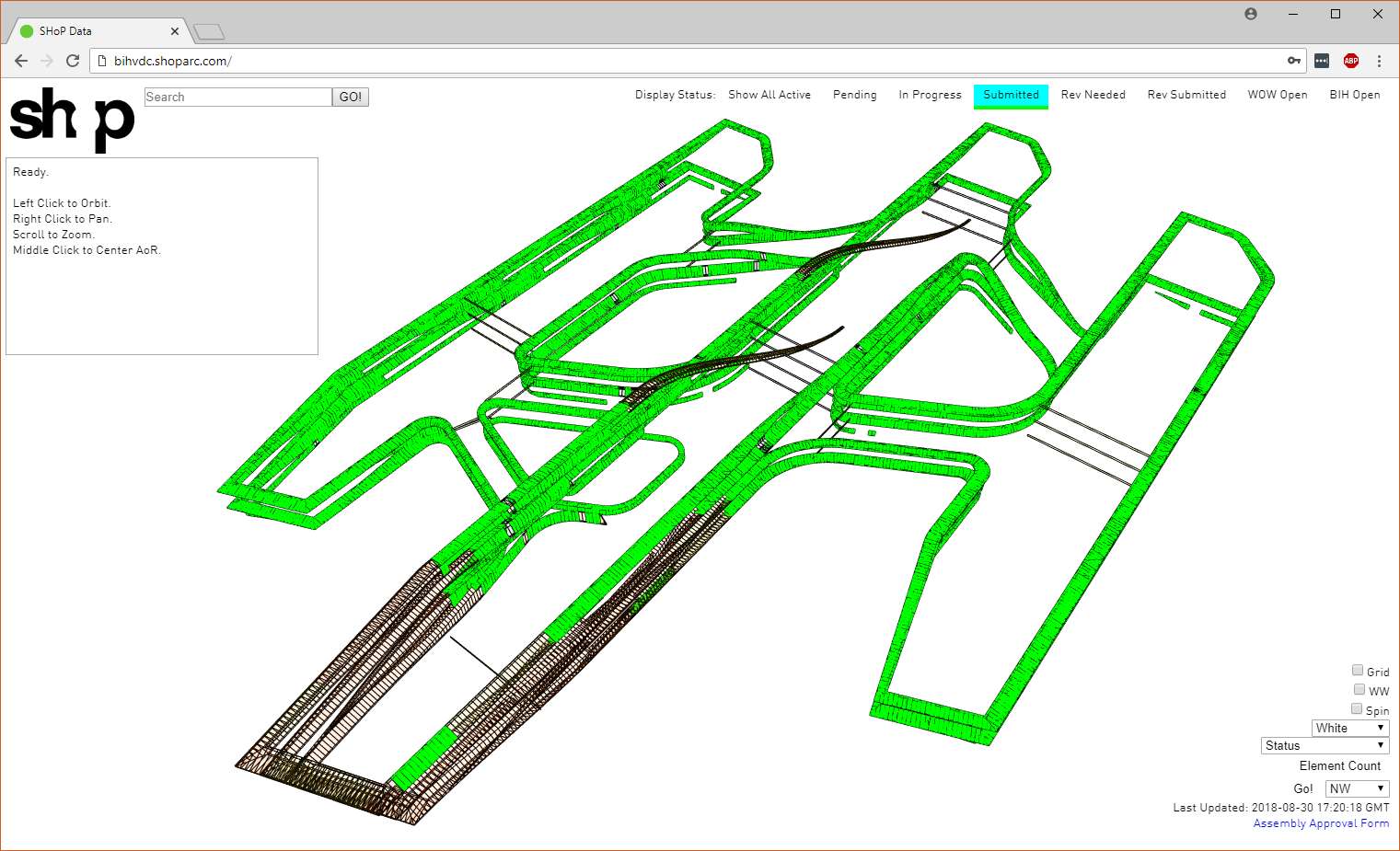
The interface has come a long way since its inception a decade ago. Initially a stitching together of off-the-shelf software applications commonly used by architects and contractors (Autodesk, NavisWorks, Filemaker), SHoP Architects has rewritten the code in-house, which allows for more seamless and scalable linking and visualization of 3-D models to live data. Why is this significant? SHoP can now take a holistic portfolio approach to track projects from earlier phases. In the next year, SHoP Architects hopes to implement its mobile interface across all of its projects.
